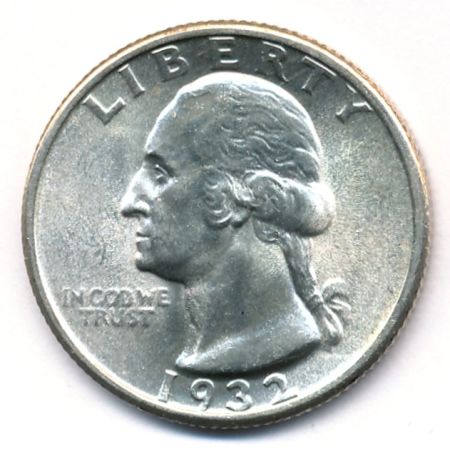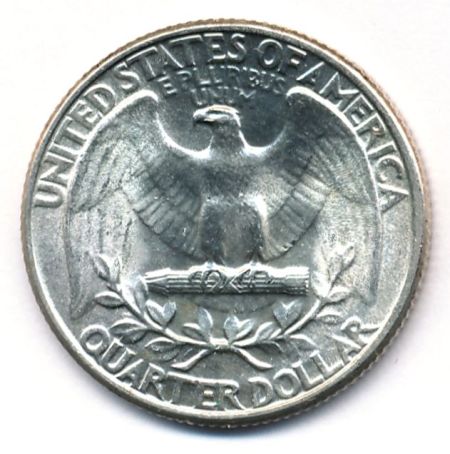Wikipedia can be a great resource of information, but it should always be remembered that it is a community-driven project with contributions from folks with varying degrees of knowledge/expertise. For this reason, Wikipedia should not be the only source of information consulted when seeking verified information about a topic.
As an example, the page that presents a list of 1930s US Commemorative Coins includes several notes regarding bicentennial coinage (circa 1932) for George Washington - all of which are incorrect/misleading in one way or another.
Here's a look at them:
Quote:
1. The George Washington Bicentennial half dollar was originally proposed as a traditional non-circulating commemorative coin. However, President Herbert Hoover vetoed the proposal in 1930.
A not-intended-for-circulation half dollar honoring George Washington was discussed by the George Washington Bicentennial Commission, but the Treasury Department convinced the Commission to go a different route with a new design for the circulating quarter. A special Washington half dollar was not part of a bill introduced/proposed in Congress on behalf of the Commission. As such, there was no bill to be vetoed. President Hoover did not veto a George Washington half dollar bill in 1930 (or any other year). In 1930, Hoover vetoed the proposed commemorative half dollar for the 75th Anniversary of the Gadsden Purchase.
Quote:
2. The Washington quarter was originally intended to be struck in 1932 only. The design was found to be popular with the public, and was produced again in 1934 (no quarters were struck in 1933). The coin has been in production as a regular issue coin ever since, although the 1932 quarter is considered the only commemorative eagle reverse Washington quarter.
The George Washington design was intended to replace the Standing Liberty design on the circulating US quarter; the US Treasury wanted to replace the Standing Liberty design due to the strike issues it posed. The Washington design was always intended to become the ongoing circulation quarter design - not just for 1932. The design may have proven popular with the public, but such was not the reason its coinage continued. FYI: The primary driver behind no
Washington quarters being struck in 1933 was the economy, and the lack of need for more quarters in circulation - the large number of 1932-dated coins struck were enough to meet the needs of commerce.
Quote:3. The George Washington Bicentennial half dollar was again proposed as a circulation coin. Washington was to appear on the half dollar for one year only in 1932. However, due to the lack of demand because of the Great Depression, no half dollars were minted for circulation for three years from 1930 to 1932.
Washington quarters were struck instead.
There was a bill introduced in Congress in January 1932 that called for a new circulating 50-cent coin to honor George Washington; the bill also included a call for new 25-cent and 10-cent pieces for the same purpose. The bill did not include a restriction on when the three denominations could be struck or how many coins of each could be struck, nor any language specific to 1932. Theoretically, a Washington design could have been used on the three denominations beyond 1932. (For more, see
What If? 1932 George Washington Dime, Quarter And Half Dollar.)
Please note, my purpose here is not to disparage Wikipedia contributors, but rather to raise awareness regarding the dangers in accepting single-source information as fact (unless it's a reliable primary source).
1932 Washington Quarter

For a brief discussion of the 1932 Washington Quarter and its GW Bicentennial nature, check out:
-
1932 Washington QuarterFor other of my posts about commemorative coins and medals, see:
Commems Collection.

